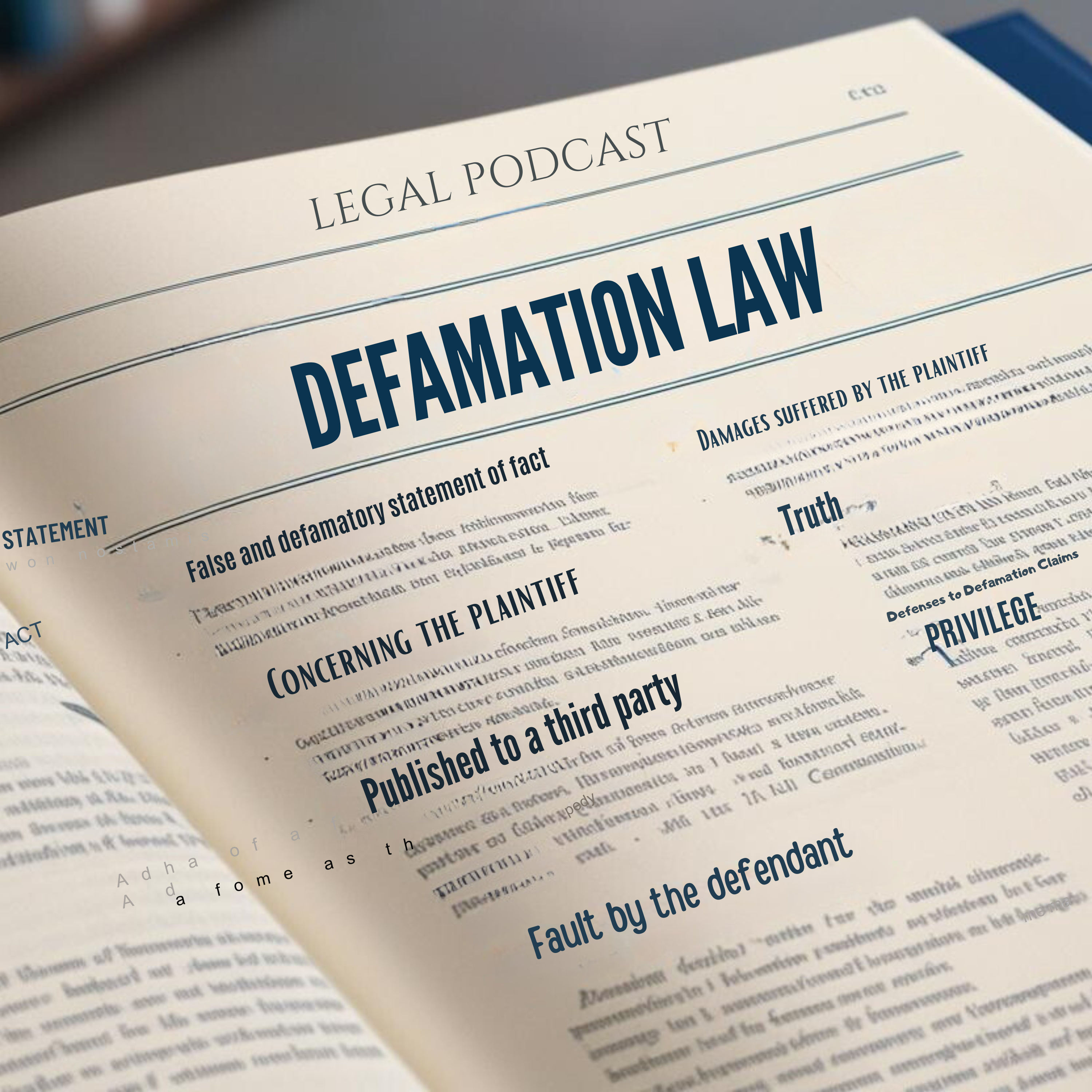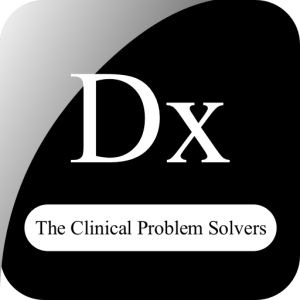

Defamation Law: Libel, Slander, and First Amendment Considerations in Tort Law
Defamation Law in the Digital Age
Main Themes:
Balancing act: Defamation law seeks to protect individual reputations while upholding the First Amendment's free speech guarantees.
Evolution of defamation: Traditional libel and slander laws are being challenged by the rapid evolution of online communication.
Defining defamation: Understanding the elements of a defamation claim, including the distinction between fact and opinion and the varying fault standards for public and private figures.
Defenses and Immunities: Exploring defenses like truth, privilege, and fair comment, as well as the implications of Section 230 immunity for online platforms.
Key Ideas & Facts:
Elements of Defamation:
A plaintiff must prove:
A false and defamatory statement of fact.
Opinions are generally not actionable unless they imply a false factual assertion (Milkovich v. Lorain Journal Co.).
The statement concerns the plaintiff.
Publication of the statement to a third party.
Fault by the defendant:
Actual malice (knowledge of falsity or reckless disregard for truth) for public figures and officials (New York Times Co. v. Sullivan).
Negligence for private individuals (though actual malice might be required in some cases involving matters of public concern).
Damages suffered by the plaintiff.
Types of Defamation:
Libel: Written or published defamation, often presumed to cause damages.
Slander: Spoken defamation, requiring proof of special damages unless it falls under slander per se.
Slander per se includes statements alleging criminal activity, loathsome disease, professional misconduct, or sexual misconduct.
Defenses to Defamation:
Truth: An absolute defense.
Privilege:Absolute privilege: Applies to statements in legislative debates, judicial proceedings, etc.
Qualified privilege: Applies to statements made in good faith on matters of public interest, but can be defeated by actual malice.
Opinion and Fair Comment: Protected speech, especially when based on true facts and related to public issues.
Consent: If the plaintiff agreed to publication.
Retraction Statutes: Limits liability if a timely retraction is issued.
First Amendment Considerations:
Public Figures & Actual Malice: Robust public discourse requires a higher burden of proof for defamation claims against public figures.
Matters of Public Concern: Speech on public issues enjoys heightened protection.
Hyperbole and Satire: Non-factual assertions, like parody, are generally not actionable (Hustler Magazine, Inc. v. Falwell).
Challenges in the Digital Age:
Online Defamation: The viral spread of defamatory content through social media presents new challenges.
Section 230 Immunity: Protects online platforms from liability for content posted by third parties, but raises questions about accountability.
Anti-SLAPP Statutes: Aim to discourage meritless defamation lawsuits used to silence critics on matters of public concern.
Quotes:
"Few areas of law occupy a more precarious balance between personal dignity and freedom of expression than defamation."
"Truth is an absolute defense to defamation."
"Robust debate on matters of public concern is essential to democracy."
Conclusion:
Defamation law is continually evolving to address the challenges posed by online communication. Understanding the intricacies of this area of law is crucial for navigating the balance between protecting reputations and upholding free speech principles.
More Episodes
All Episodes>>You may also like
Create Your Podcast In Minutes
- Full-featured podcast site
- Unlimited storage and bandwidth
- Comprehensive podcast stats
- Distribute to Apple Podcasts, Spotify, and more
- Make money with your podcast












